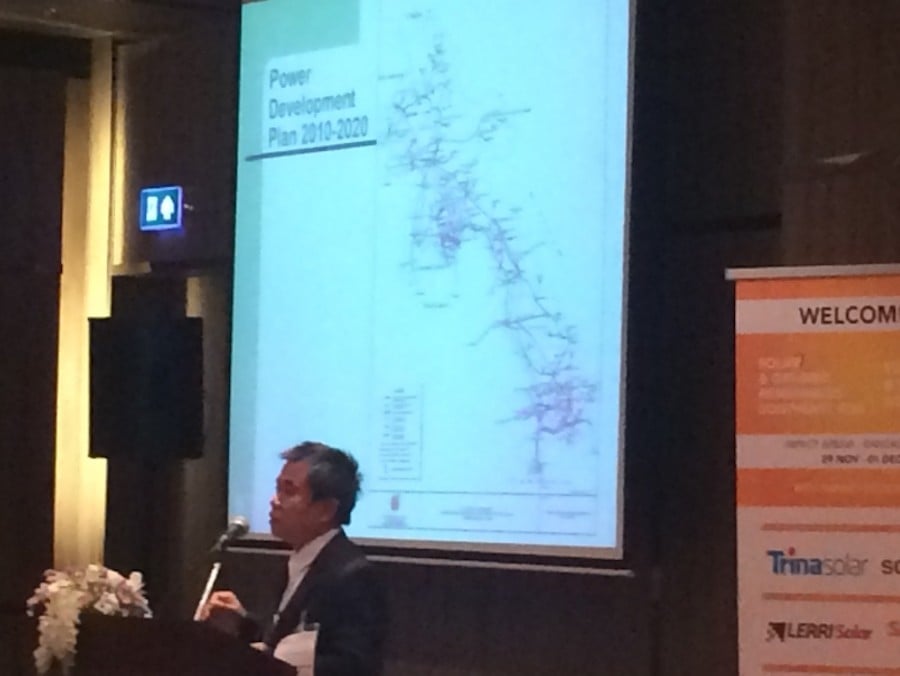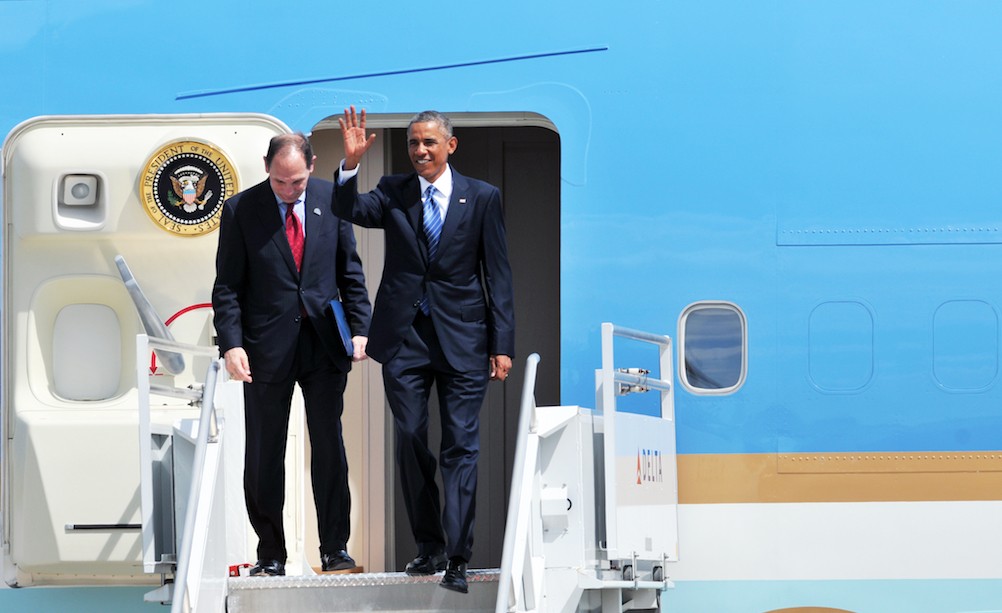The Mekong Eye had a rare opportunity to visit the Xayaburi dam. This photo essay shows its progress.
Tag: laos
International Women’s Day: How a “changing world” can affect equality in decision-making
What happens when the change in work comes about due to more major livelihood changes that transform the gender dynamics of work and decision-making in whole communities?
Official Prior Consultation Process of the Pak Beng hydropower project kicked off – Mekong River Commission
Today, representatives from Cambodia, Lao PDR, Thailand, and Vietnam gathered at Mekong River Commission (MRC) Secretariat (MRCS) in Vientiane to start the first meeting of the Joint Committee Working Group (JCWG) on the Procedures for Notification, Prior Consultation and Agreement (PNPCA) for the Pak Beng hydropower project.
Laos’ Xekaman 3 Dam Break Shuts Off Power to Vietnam
A break in a critical waterway shut down a hydro-electric dam in southern Laos and raised questions about the quality of construction at the facility that sends most of the power it generates to Vietnam.
While officials said the Dec. 16 break in the Xekaman 3 facility’s penstock posed no threat to people living downstream, it marked the second breakdown in the tunnel that channels water to the power turbine, RFA’s Lao Service has learned.
Solar progress in Laos hindered by hydro focus
Household solar systems have taken hold in Laos, but PV deployment on a grand-scale is being held back by a focus on hydropower, according to delegates at the Solar & Off-Grid Renewables Southeast Asia Event in Bangkok.
A call for basin-wide energy plans
Preparatory work for the next big dam on the Mekong — Pak Beng — in northern Laos has begun. This news supports the widespread narrative that the current rapid pace of dam construction on the Mekong River will continue until the entire river is turned into a series of reservoirs. Certainly the construction of even a few large dams will severely impact food security in the world’s most productive freshwater fishery and sharply reduce the delivery of nutrient-rich sediment needed to sustain agriculture, especially in Cambodia and Vietnam’s Mekong Delta.
However, our ongoing research and communication with regional policymakers provides compelling evidence that not all of the planned dams will be built due to rising political and financial risks in the region. As a consequence, we have concluded in our most recent report that it is not too late for the adoption of a new approach that would optimise the inescapable “nexus” of tradeoffs among energy generation, food security, and water use and better protect the core ecology of the river system for the benefit of future generations.
Myanmar likely to join Asean Power Grid
MYANMAR is likely to be the fifth Asean country to sign up for the Asean Power Grid formed by Laos, Thailand, Malaysia and Singapore, energy ministers have said.
“We had long discussions with our Myanmar counterparts,” said Laos Vice Minister for Energy and Mines Viraphonh Vilavong. “They are keen to join. I expect that to be quite soon.”
Viraphonh on Thursday signed a memorandum of understanding (MoU) with Thai Energy Minister General Anantaporn Kanjanarat and Malaysian counterpart Johnity Ongkili that would allow the transportation of electricity.
Dam the Mekong, Thailand Buys More Hydroelectricity from Laos
A power purchasing agreement was signed on Tuesday, during Thai Prime Minister General Prayuth chan-Ocha’s visit to the Prime Minister of Laos Thongloun Sisoulith, while attending the 28th and 29th Asean Summits and related meetings from September 6-8 in Vientiane.
Thailand has increased its purchase of electricity from 7,000 to 9,000 megawatts from Laos this year to ensure sufficient supply and meet rising demand.
Gigawatts for Mega-spenders: Infographic shows Bangkok’s luxury malls use more energy than some provinces
Thailand may be a middle income country, but enter one of the capital’s many new, opulent shopping complexes and you’ll think you’ve been transported to New York or Singapore. EmQuartier, Bangkok’s latest retail destination for the well-healed houses such brands as Louis Vuitton, Chanel, Prada, Dior, Tiffany and Cartier as do half a dozen of its predecessors along a six kilometers retail corridor in the city’s downtown.
Recharging Asia’s Battery
Next week, Barack Obama will be the first sitting U.S. president to visit Laos, a poor, landlocked country whose large-scale efforts to dam the Mekong River threaten to destabilize the region. This concerns the United States because Southeast Asia is one of the country’s largest trading partners and a key security ally that can counterbalance China’s growing regional influence. Obama should seize this opportunity to help Laos make energy choices that, over the long term, can unify the region and preserve the Mekong.











